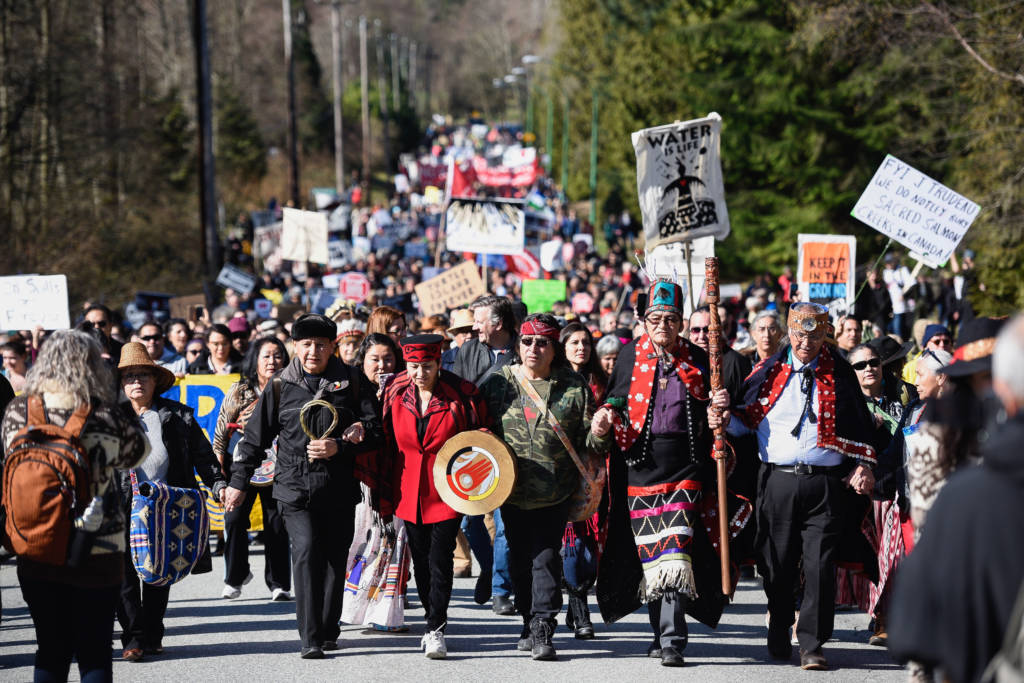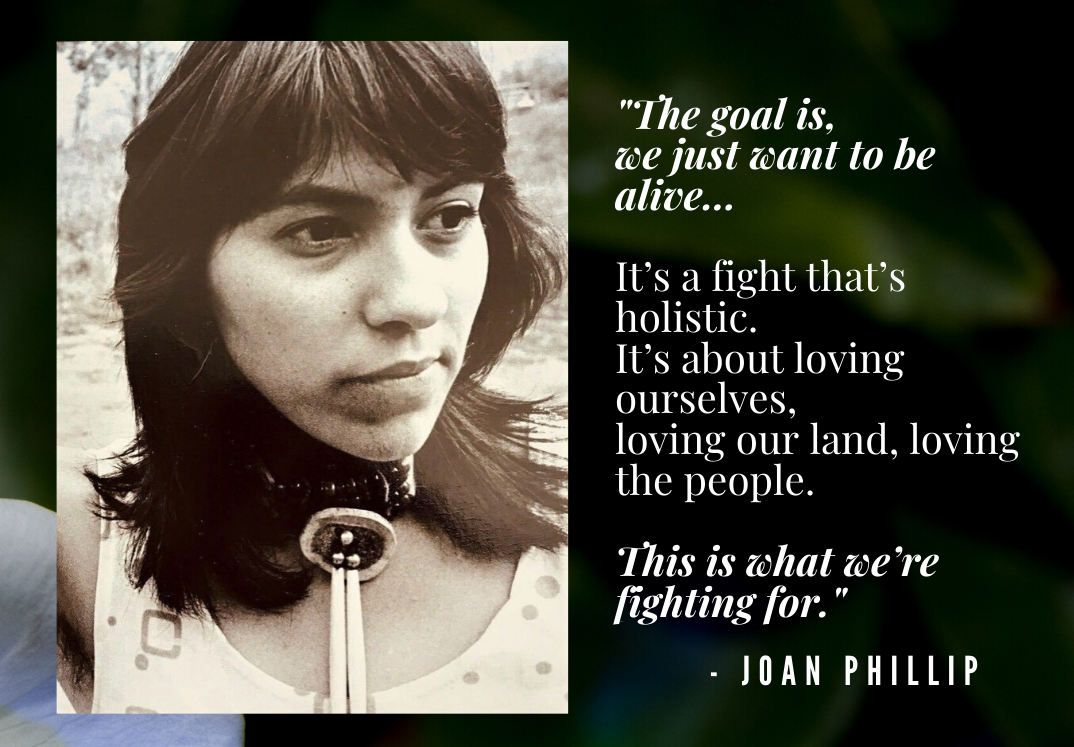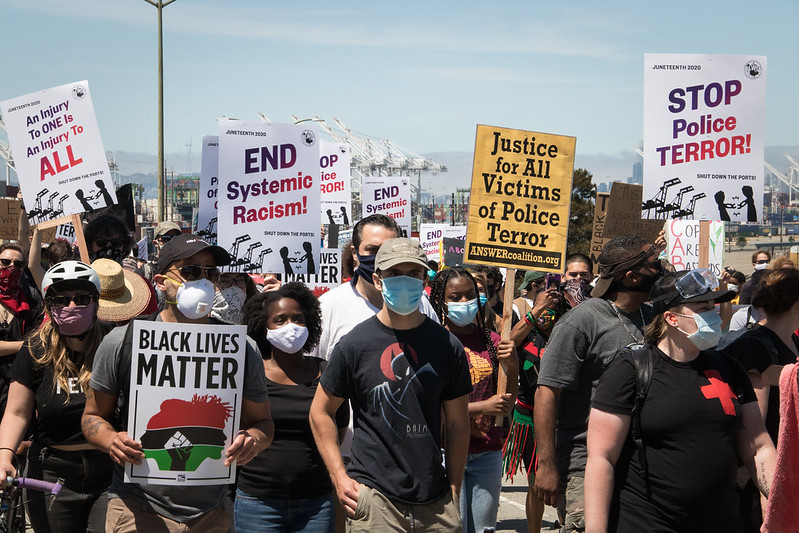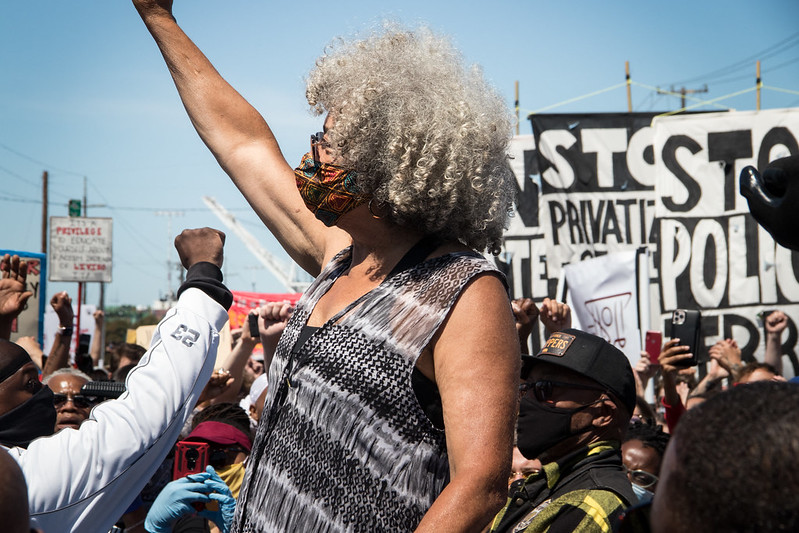
By Rayanna Seymour-Hourie – on Canada’s 153rd birthday
Seeking Canada’s recognition of Indigenous peoples’ inherent rights to our lands and our governance systems is a long journey, a marathon. On Canada’s birthday today – the date in 1867 when the British North America Act became effective, creating what we now know as Canada – many Indigenous and racialized individuals and communities reflect on what this day means.
Today is a day of pride for many Canadians, as we are known worldwide as a “kind” and multicultural country that recognizes our diverse communities. Yet, many of us know through our lived experiences that this narrative is false.
As an Anishinaabekwe lawyer reflecting on this day, I do feel pride. I feel pride today because it is another year that proves our peoples’ strength and resistance to colonization. Today, I honour our kin who have and continue to dedicate their hearts, bodies and brains to our collective recognition and healing.
We see that this day is a day to remember: to remember the real history of Canada’s ongoing control over us and to make Canadians aware of its unjust treatment towards certain communities, namely BIPOC communities (Black, Indigenous and People of Colour). Yes, you can still be proud to be Canadian while acknowledging the genocidal and assimilation practices that Canada has been and continues to impose upon BIPOC communities since its inception.
Social media is buzzing with #CancelCanadaDay, led by Indigenous young people who are calling on us all to remember Canada’s real story. For Chinese-Canadian communities, Canada Day is known as Humiliation Day, as it was the day in 1923 that the “Chinese Exclusion Act” was passed, stopping Chinese immigration into Canada for 23 years. As we speak, there are continued calls to stand up against anti-Black racism which highlights how systemic racism on Black Canadians slithers through Canada’s systems, tying back to slavery and colonization perpetuated against them. This ongoing advocacy and #BlackLivesMatter efforts just recently guaranteed more Black history in BC’s education curriculum.
Indigenous activism: A look at our past, present & future
As history tells us, the journey for change is for the long term, spanning across generations. The long history of Indigenous leadership and resistance is a story for the ages. It’s time we really recognize and get to know these stories, while learning how to stay well in order to do this work that is beyond our life times. Speaking on the phone with Joan Phillip, a long-time Indigenous activist from SnPink’tn (Penticton Indian Band), Syilx Territory, she reflected on our collective journey for equality and justice:

I wanted to look to examples of Indigenous-led movements to honour and recognize our resistance to assimilation and the status quo in our journeys to “be alive.” All of this work across colonial borders (both provincial and international) is interconnected, as Joan shares: “We realize it’s not just an Indigenous issue, it’s a class issue, even though we are the target… We have to permeate every single level to make change.”
In 1960, the same year Indigenous peoples were able to vote in federal elections, Secwepemc leader George Manuel and Nisga’a leader Frank Calder presented a brief to the Joint Committee of the Canadian Senate and House of Commons, citing the 1763 Royal Proclamation, advocating for Aboriginal title recognition and compensation. Nine years later in 1969, the Nisga’a initiated litigation, leading to the 1973 Calder decision where the Supreme Court of Canada recognized that the Nisga’a held title to their land before BC was established.
The same year, Prime Minister Pierre Trudeau proposed the 1969 White Paper, which would have eliminated “Indian” status and abolished the reserve system by converting it into private property. First Nations people across Canada united in rejecting it. These Indigenous activism efforts resulted in the government withdrawing the White Paper.
This occurred during the time of a historic mercury spill on Treaty 3 territory by a paper mill company (in Dryden, ON), poisoning waters, land and people around Grassy Narrows First Nation. They have been fighting for justice and clean water since. Five years later in 1974, the Anishinaabeg activists who became known as the Ojibway Warriors Society, and allies – including representatives from the American Indian Movement – assembled at Anicinabe park on Treaty 3 territory (Kenora, ON) protesting for equality. More young Indigenous activists rose from this experience.
Six years after the Anicinabe Park Occupation, in 1980/81, the Constitution Express movement was organized to seek recognition of Aboriginal rights in the Constitution Act amendments of 1982. It was the leadership of George Manuel, then President of the Union of BC Indian Chiefs, who catalyzed this grassroots Indigenous political movement.
Two train loads of Indigenous leaders and community travelled from Vancouver to Ottawa with more joining along the way. Two delegations of Indigenous rights activists were sent to the United Nations in New York and Europe to gain international support. If Indigenous activism didn’t happen, we wouldn’t have Section 35 in the Constitution Act, recognizing and affirming Aboriginal and Treaty rights.
In other words, Indigenous activism changed the Constitution and therefore Canada.
Canada has continued to change through the actions of Indigenous peoples throughout the years, from Meares Island to Kanehsatake to Ipperwash and Elsipogtog. Recognizing the work of the past while envisioning a bright future is necessary to keep going as it provides us with pride and hope.
The Supreme Court of Canada’s Tsilhqot’in decision in 2014 was significant because it was the first judicial recognition of Aboriginal title in Canada. The Tŝilhqot'in people, guided by their elders, fought for two decades, spending significant amounts of money for this victory.
However, even victories have their downfalls, as the Tsilhqot’in decision allowed provinces to try and justify infringements of Aboriginal title and rights, although difficult. Today, the Tŝilhqot'in are still struggling with recognition from Crown governments.
We continue to see large-scale movements led by Indigenous peoples, such as Idle No More founded by four Indigenous women: Nina Wilson, Sylvia McAdam, Jessica Gordon & Sheelah McLean; the Indigenous youth for Wet’suwet’en, the fight against the Trans Mountain Expansion Project, among many others who are changing Canada’s story. The journey continues.
There is no Indigenous Sovereignty without Black Liberation
When I spoke to Joan, she reflected on her work throughout the years organically tying our Indigenous movements to environmental, spiritual and #BlackLivesMatter movements. She shared stories of solidarity with the Black Panther Movement from the 60s, and their connections with the American Indian Movement (AIM), who then supported Indigenous activism within Canadian borders.


Photo credit: Peg Hunter, Juneteenth Oakland Rally June 19, 2020
Our movements are intertwined, as articulated by Joan, “We realize now it’s not just an Indigenous issue, it’s a class issue, even though we are the target…We have to permeate every single level to make change.”
The pursuit of justice continues, but we see today, just like in the past, the interweaving and solidarity of our movements both on the streets and in our homes. People are challenging the way they are thinking, where they are spending their money by buying local or supporting Black and Indigenous businesses. People are growing their own foods, raising their babies with their languages, and so much more work that we don’t all see.
I asked Joan what brings her hope despite facing the same issues today as she did in the 1960s. Her reply was:
“Our hope is in the young peoples, because when we got involved – my mom, my grandpas, my grandmas – we’re all involved in fighting for the same things. I always tell young peoples, ‘what we don’t accomplish in our time, we pass on to the next generation.’ Our future’s secure knowing there are young people stepping into our shoes.”
All of this is to say, without the persistence of previous generations, we wouldn’t be where we are today; without the work of the current and next generations, we won’t move ahead.
Title photo credit: Coast Protectors